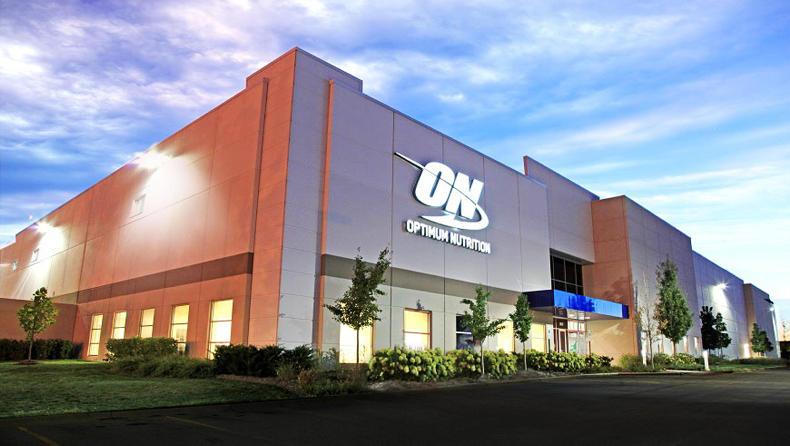Shareholders in Glanbia, which is 31% owned by the co-op, will be anxious to see what the company says next Thursday about performance in its sports nutrition division. Following the weak performance in the first six months, particularly in the performance nutrition division, shareholders will be looking for assurances that the numbers were more a once-off periodic impact rather than a longer term trend.
Looking back at those numbers, while sales were up 13% (driven by last October’s SlimFast acquisition), overall profits in the division fell 30%.
Margins have been tightening and fell under 8% - well down from the 12%-plus figure of the same period last year. But it seems a combination of price promotions and reducing prices (down 3%) has not stemmed the volume declines (which were down 8%).
Since the profit warning in late July, the shares have taken a blow. Shares are down from above €14 to where they are now, trading around €11 - a fall of about one fifth in value.
Shareholders didn’t seem to have been appeased by the reasons given by the company to the lacklustre performance.
'Geopolitical issues'
At the time, the company said the volume declines were “primarily related to the negative effect of geopolitical issues and related supply chain changes in certain non-US markets”.
Basically, politics and economic conditions outside the US. This would point to the US-China tensions and the weaker economic conditions in parts of South America, such as Brazil and Mexico.
It also blamed consumers shifting from traditional retail channels in Europe, such as the speciality stores, to buying the product online. But in the US, its core market, it saw its main sales channel, speciality stores, decline also.
Jewel in the crown
Many have since asked what has gone wrong in the jewel in the crown of Glanbia. After all, it had been the main driver of growth in the business for almost a decade.
While some explanation has been given for the weaker performance, questions remain over the recovery plan in the next six months and even to the longer-term outlook for the division.
Shareholders will be looking for reassurance that margins have “improved significantly” in the second half, as promised by the company as it implements price increases.
They will be also seeking reassurances that the recent outlook for profits in the division does not need further revision downward.
It is almost half-way through a five-year performance target, where it says it aims to deliver profit margins in the range of 13% to 15% on average over the years 2018 and 2022.
Shareholders will be looking for visibility on how performance is to that target range or at least to a turnaround plan as to how it intends to meet them.






 This is a subscriber-only article
This is a subscriber-only article









SHARING OPTIONS: